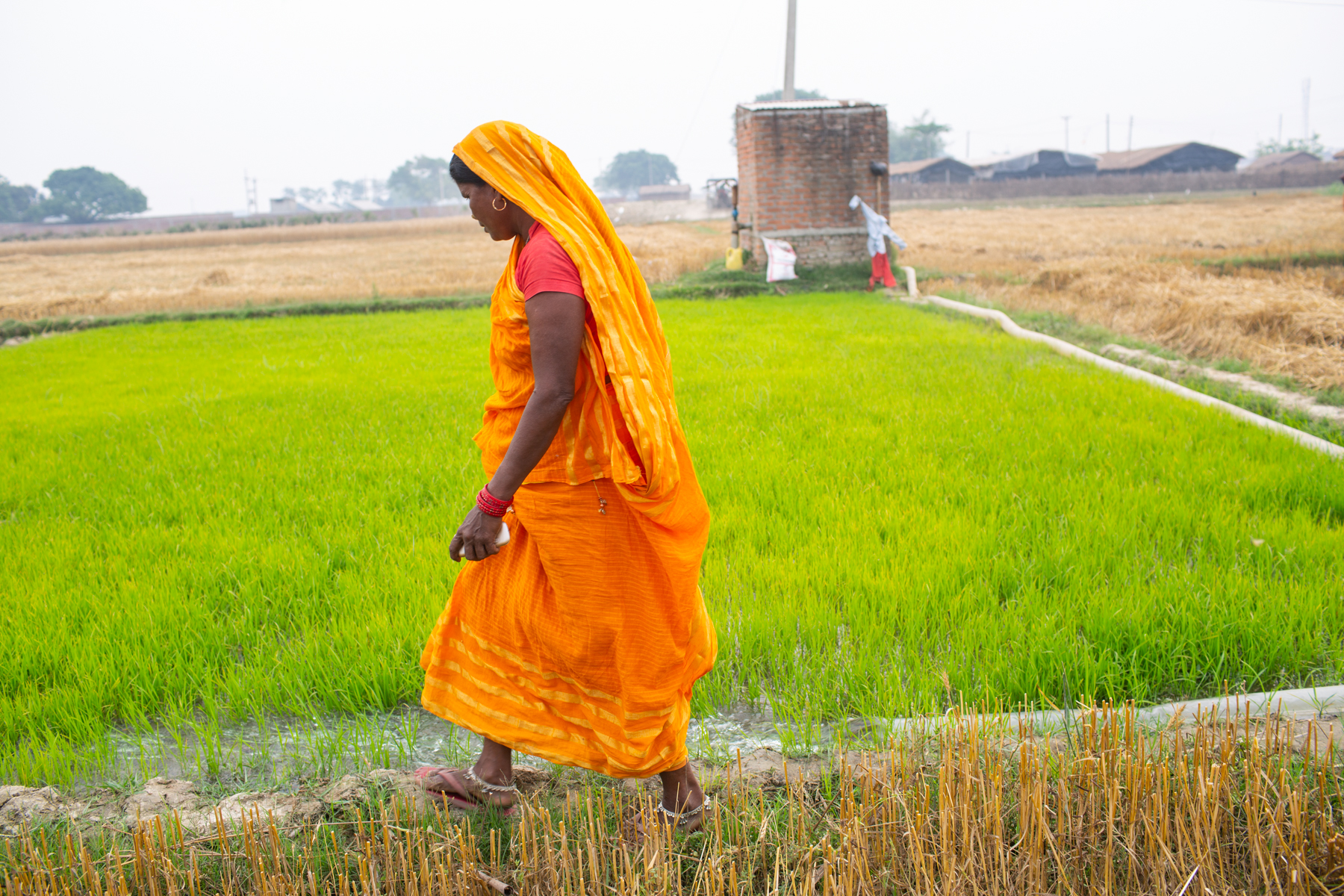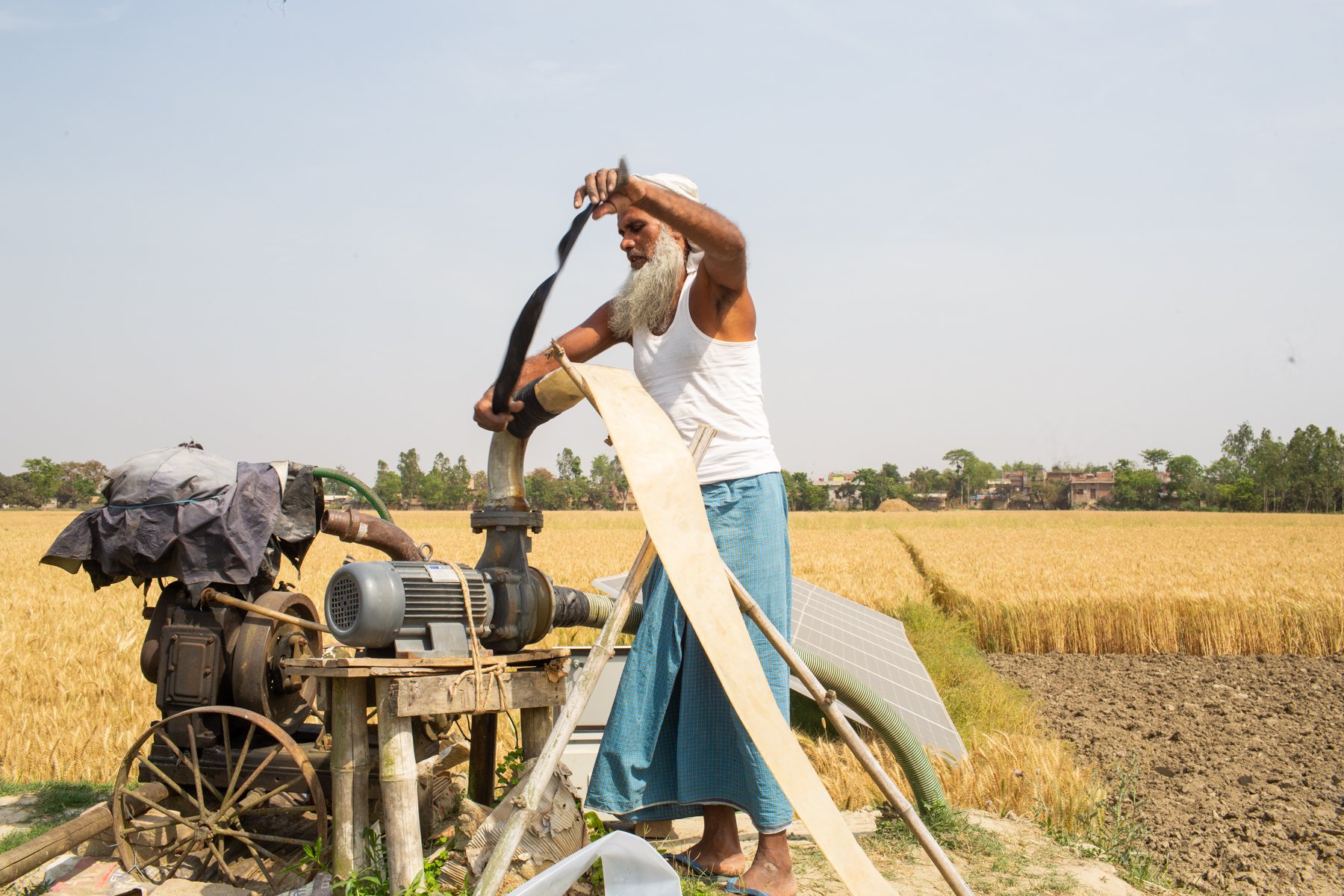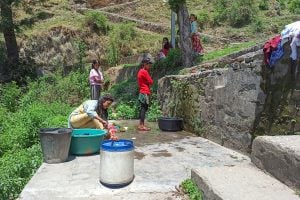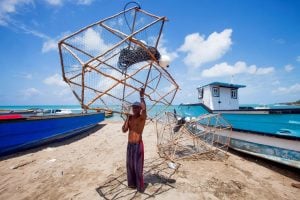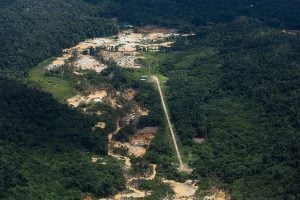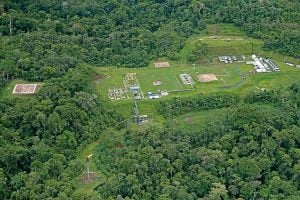A solar-powered pump has transformed the prospects of Mahaludin Khatoon, 64, a smallholder farmer from Nepal’s Madhesh province, by offering a steady and profitable income. Before she acquired the pump, she relied solely on rainfall for irrigation, resulting in years of low and stagnant income, of around NPR 7,500 per month. At that level she could barely cover the costs of seeds, fertiliser and labour.
Mahaludin was able to set up her pump due to the subsidised energy provided by the Alternative Energy Promotion Centre (AEPC), an organisation that facilitates the use of alternative and renewable energy sources across the country. Similarly, subsidies to access electricity from the recent expansion of grid coverage in Nepal is easing the access to energy in agriculture from providing 6.15% of all agricultural energy use in 2019 to 14.37% in 2022.
Tula Narayan Shah from the Nepal Madhesh Foundation said that historical challenges with canal maintenance had led to irrigation scarcity in the Terai region. “In the mid-1990s, the Nepal agricultural perspective plan recognised groundwater irrigation as a more reliable alternative, prompting the installation of subsidised tube wells with assistance from the Asian Development Bank. However, irregularities and corruption arose, leading to the withdrawal of subsidies on tubewells in 2009. Instances of fake water user groups, theft and operational issues further hindered progress,” he explained. Shah added that since 2015-16, the expansion of “electricity in rural areas and the introduction of solar irrigation pumps have rejuvenated agricultural activity through groundwater irrigation and many who migrated have returned to Madhesh province and are engaging in year-round farming.”
The change has been substantial. In August 2023 the government published its decadal agriculture census 2021/22, which showed that between 2011 and 2021 groundwater use had increased from 29.8% to 41.7% of total irrigated area. Climate change is reducing surface water availability, while socioeconomic changes like migration and urbanisation are decreasing collective management of surface water irrigation systems, also leading to increased dependence on groundwater.
A policy brief published by the CGIAR research initiative on Transforming Agrifood Systems in South Asia, has brought focus to this rise in groundwater irrigation in Nepal, most of which has primarily come from the Terai region.
Equity and access issues in groundwater irrigation
This expansion of access has not been equitable, however. According to Dr Nilhari Neupane, a researcher at the International Water Management Institute (IWMI), analysis of the World Bank’s household risk and vulnerability survey 2018 on Nepal reveals that “land ownership appears to be closely linked to groundwater access and utilisation.” Neupane added: “Those with larger landholdings often have higher access to groundwater irrigation reflecting greater control over groundwater resources, further widening the gap in irrigation water access and accrued agricultural prosperity among rural communities.”
The shock of climate change
The growing reliance on groundwater is increasingly attributed to climate change. Nepal’s national climate change survey report indicates significant weather variability in recent years. A 2019 report highlighted the role played by expanding shallow tubewell usage as a coping mechanism by farmers grappling with erratic monsoon rainfall patterns. Nonetheless, there are limits to this approach. Low rainfall last April and May, followed by a dry winter, also led to an unprecedented decline in farming activity, as groundwater resources failed to provide a key buffer against this climatic shock. Furthermore, as media reports highlight the drying up of hand pumps and shallow tubewells, early indications of a declining groundwater resource are becoming evident, reducing its capacity to act as a drought buffer.
At this crucial juncture in the development of groundwater irrigation in Nepal, the country recently passed a new national irrigation policy that is targeted towards expanding groundwater irrigation to increase access. Churna Bahadur Wali, director general of Nepal’s Department of Water Resources and Irrigation said that the new policy aims to provide irrigation to all agricultural land around the year. He said: “The policy prioritises groundwater irrigation and emphasises conjunctive use for sustainable resource management and our long-term goal is to provide irrigation to a significant amount of agricultural land in Nepal.” With this new policy geared towards advancing groundwater development, there is a critical opportunity to push for a governance policy focusing on its sustainable management and use.
Dr Dipankar Saha, former member secretary of the Central Ground Water Authority in India, one of the world’s largest extractors of groundwater, said: “Since in some areas in the Terai region groundwater dependence is already high in Nepal, it is the right time to learn from the experiences of India where management initiatives received focus after groundwater depletion was already critical, to bring in a timely multipronged irrigation policy to govern the groundwater resources early. Otherwise, Nepal will face similar situations as [the Indian states of] Haryana and Punjab as the levels of extraction advances.”
The authors acknowledge the support provided by the CGIAR initiative on Transforming Agrifood Systems in South Asia to carry out the reporting.
